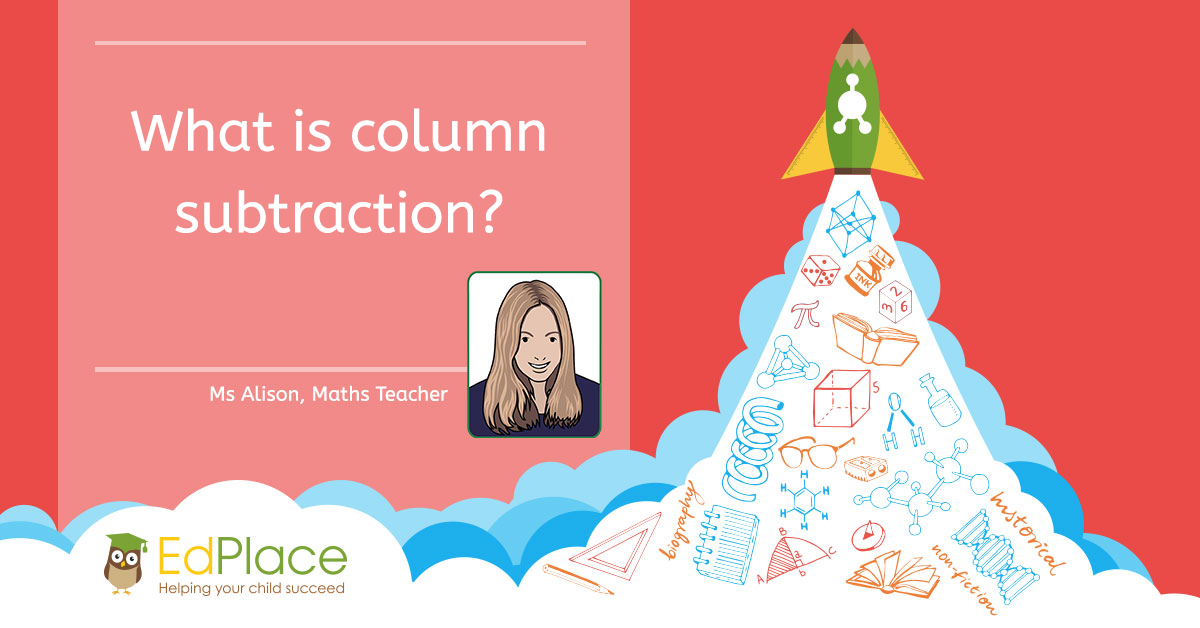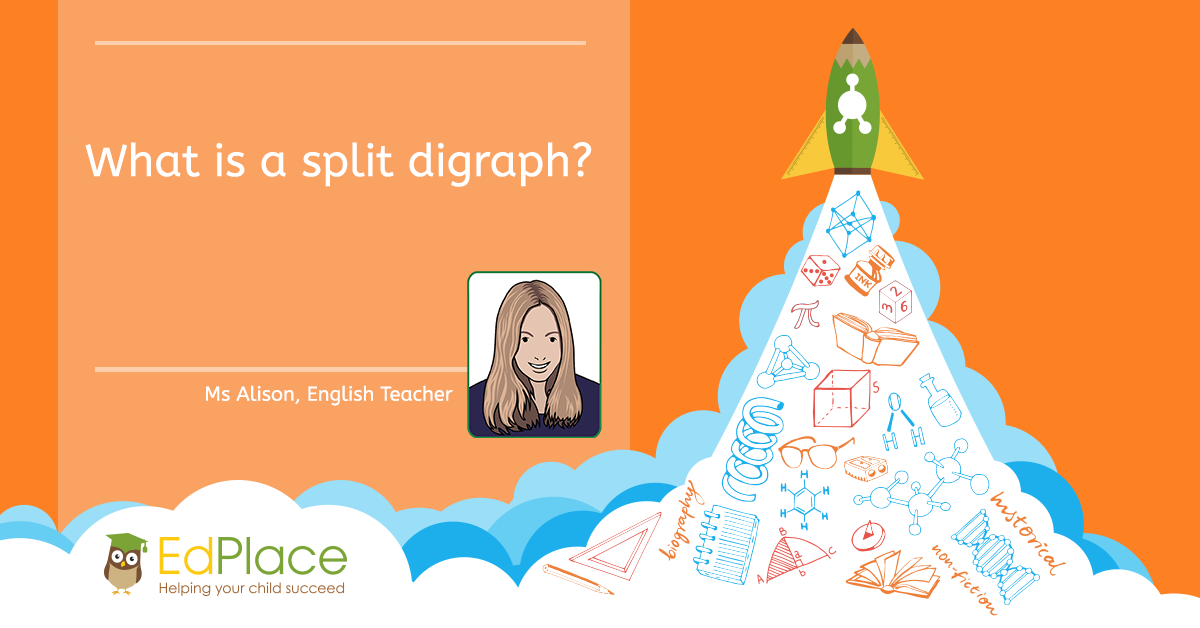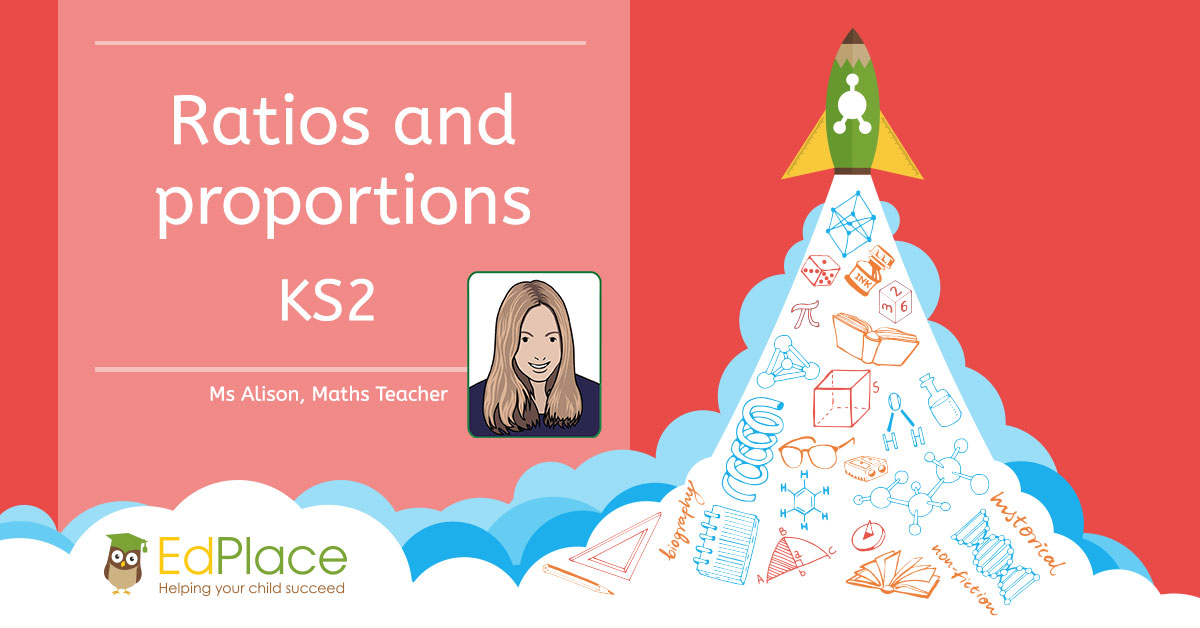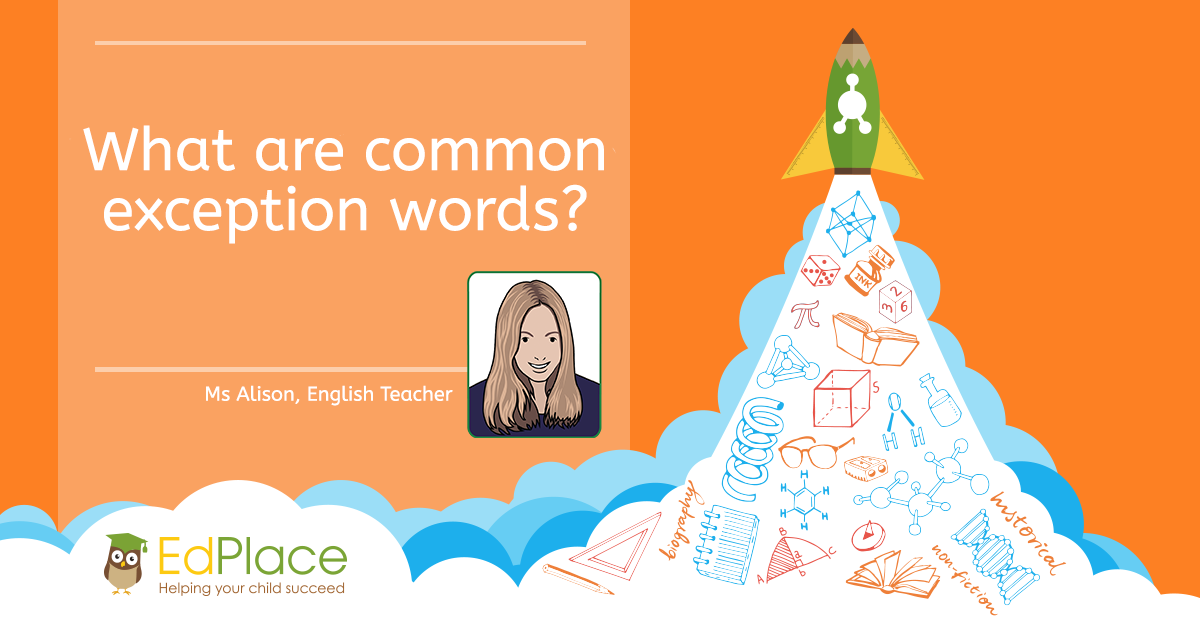What is a time connective?
Time connectives are words that join phrases or sentences together to help us understand when something is happening.
Words such as before, after, next, just then, shortly, afterwards, last, eventually, firstly, secondly, and thirdly, are all-time connectives.

All you needed? Practice with EdPlace's worksheets
Time connectives explained
A connective is an umbrella term used to include adverbs, conjunctions and prepositions.
Communicating when something has happened or is going to happen is an important developmental step in children’s writing. It introduces the reader to the writer's concept of a time frame, and also gives the writer tools to describe events more accurately.
Time connectives are not only used in descriptive writing, they are also important when relaying a report of past events, writing newspaper articles, diaries or giving instructions.
Where to place the time connective?
Time connectives can be powerful at both the beginning of a sentence and when they're used to bring phrases together; there is always more than one way to write a sentence! For example;
After a long winter’s sleep the tiny hedgehog scurried out of her woodland home.
The tiny hedgehog scurried out of her woodland home after a long winter’s sleep.
Before dinner, Josie helped Mum to set the table.
Josie helped Mum to set the table before dinner.
Eventually, the whistle blew to mark the end of the match!
To mark the end of the match, eventually, the whistle blew
Some sentences sound better structured in different ways. This can make a great practice game! Grab a friend and write several sentences on paper strips. Next, cut them up and swap them around! Discuss which sounds best to you, and why.
You can also cut up a selection of time connectives and replace them in your sentence, which words work? Which don’t? How does the time connective change the meaning of the sentence?
After a long winter’s sleep, the tiny hedgehog scurried out of her woodland home.
Following a long winter’s sleep, the tiny hedgehog scurried out of her woodland home.
Subsequent to a long winter’s sleep, the tiny hedgehog scurried out of her woodland home.
Ordering time connectives
It’s important when using time connectives you learn how to put events in order. A great way to learn this is with instructions. Let's write instructions for simple tasks such as brushing your teeth, getting ready in the morning or cooking your favourite recipe.
Time connectives for instructions are essential, we must put the toothpaste on the brush before brushing our teeth or put the cakes in the oven after we have measured out the ingredients.
Worksheets and Practice
Once we fully understand the concept of time, there is no going back, but whilst we are learning, practice really does make perfect! We have plenty of great worksheets to help you put what you've learnt into practice! We’ve listed a few of the most relevant here, but have a look on our website and search for ‘connectives,’ ‘adverbs,’ ‘conjunctions’ or ‘prepositions’ to find even more resources.
Year 3 – Investigate time connectives
Year 4 – Investigate prepositions 1, 2, 3
Year 5 – Understand terminology: connectives
Year 6 – Connectives linking phrases, sentences and paragraphs
Year 6 – Understand comparing and contrasting connectives
Year 6 – Understand cause and effect connectives
Keep learning with EdPlace! More activities this way…

AUTHOR, MS ALISON – ENGLISH TEACHER.










